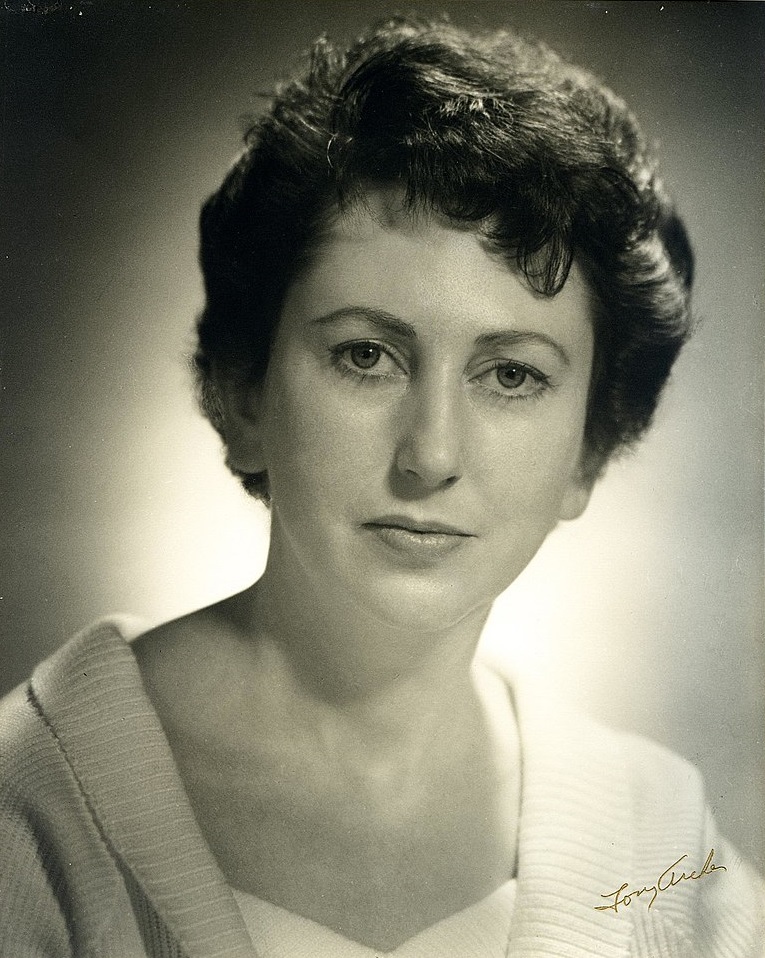
If there’s ever a time to read a spooky novel entitled Bleak November, this November, in the year 2020 A.D., seems fitting. For historical reference, the world’s been hunkered down over eight months thanks to the COVID-19 pandemic. We’ve skipped birthdays, weddings, funerals, seated dining and blockbuster movies to social distance. For many, Thanksgiving is going to be a Zoom affair because airports are germy and we don’t want to kill Grandma. In the United States, confirmed virus cases have reached a record-shattering 125k+ per day. At the time of this writing, our death toll is 243,768.
Part of me did worry that reading a bleak novel during a bleak time would be overwhelming. My decision to pick up Stephen King’s The Stand right at the beginning of the outbreak led to some chilling nightmares and panic attacks. Still, I thought, you can only live through 2020 once. Why not make the most of it?
As it turned out, O’Grady’s 1970 out-of-print gothic horror novel is creepy, but not all that bleak. Maybe it’s just my glee over the presidential election outcome (less celebration and more relief, like narrowly avoiding a car crash) but this book actually had me laughing out loud. O’Grady is a wizard of wit. She paces out her punch lines to perfection. At times the narration is reminiscent of David Sedaris. Even when the topic is murdered children, mental illness, and a haunted mansion.
Marriage is the main source for humor, however. Our leading Canadian couple are products of their time, torn between conservative upbringing and modern liberation. The wife is the breadwinner of the family while her husband dawdles most of his day trying to write a novel. She’s not at all interested in his writing and makes many snide comments about him. For example, at one point she struggles to imagine her husband as a young boy and finds this puzzling. She eventually concludes “I suppose there is no reason why there shouldn’t be sardonic, misanthropic little boys.”
The husband is also given equal opportunity to make jabs. “People who fool around with the occult have a tendency to go off the deep end,” he says. Then adds, “Fortunately most of them are women so you hardly notice the difference.”
Eventually we settle into the premise. The couple are gifted a spooky mansion by the husband’s eccentric mother after she comes into an unexpected inheritance. For some bizarre reason the house was literally uprooted and moved to it’s new location and made to appear older than it really is. As we come to find out, this has to do with a dark past that forever stained the walls within. Cue creepy sounds in the night, a ghostly dog, and a spooky séance scene to assure all the ingredients of a gothic chiller are present.

A New York Times reviewer called Bleak November “the silliest book I’ve ever read” and noted that O’Grady must’ve “improvised this mad tale without any masterplan” as it “switches directions a half dozen times.” This is an astute observation and the heart of the novel’s charm and weakness. Though barely over 200 pages, it seems to be five or six novels crammed into one. There’s a subtext-driven marriage melodrama, an exploration of female psychosis, haunted house tropes, and several whodunit mysteries, most of which are never resolved to much satisfaction.
That said, even the NYT reviewer admitted “by the time I finished it very late at night I hesitated to look up from its pages.” I have to agree that it’s a lurking creeper which doesn’t depart the imagination easily. The shape-shifting tone, inexplicable narrator, and general inability to know what the hell is going to go down next doesn’t feel as unrealistic as it sounds. Written through journal entries that descend into madness, it has that kind of Ghost Hunter reality-TV vibe which you know is absurd, but it still haunts your dreams.
It would be another thing if the prose were poor, but O’Grady’s mastery of language places her among the few writers who can make every sentence dazzle. Also, her structuring of each chapter with an excerpt from newspaper clippings adds to the mystery. This technique salvages the inconsistencies by making them seem part of a coherent narrative strategy. Not until the book is closed and you start to dissect do you realize how slapdash it is.
A quick search of used book websites suggests this is a fairly sought-after or rare publication. There aren’t a lot out there, and most are fairly expensive. I don’t know that I would recommend going to great length to hunt it down, but if you can manage to snag one for under $15 I’d consider that a fair price worthy of the entertainment within.

Rohan O’Grady is actually a pen name for June Margaret O’Grady (1922-2014). She published five novels, Let’s Kill Uncle (1964) being her most successful after William Castle filmed a movie adaptation in 1966. Donna Tartt is a notable talent who continues to list Let’s Kill Uncle as exceptional literature, but she’s not alone. I haven’t read that one (yet) but will be adding it to my list, along with other O’Grady works which have been described as “gothic” or “dark comedy.”
Keep the discussion going on our social media:

I read this book back in the 70’s. I really liked it and read it again many years later. For some reason I kept it and decided to read it again, which I am doing now, in November of course. I looked to see if there was a review of a book this old and not well known, and I found yours! I loved your review and found it very astute. I read so much and usually forget the books soon afterwards, but I never forgot this book. I don’t know why it has stayed with me all these years. Thank you for the review. It will make my third reading all the more interesting